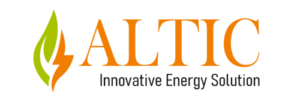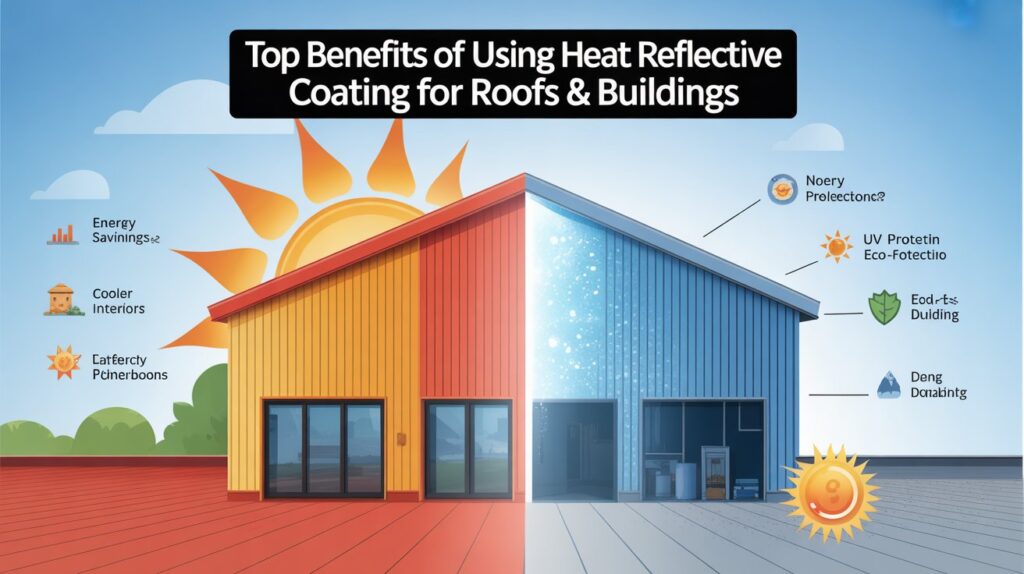Heat reflective coatings offer substantial advantages for roofs and buildings, making them an innovative solution for modern construction and property management. These specialized coatings deliver energy efficiency, improved durability, and environmental benefits, addressing challenges posed by climate change and rising energy costs.
Energy Efficiency and Cost Savings
The primary benefit of heat reflective coatings is their ability to reduce heat absorption by the roof and exterior surfaces. By reflecting a significant portion of solar radiation, these coatings lower indoor temperatures and drastically cut the need for air conditioning, which can lead to reductions in cooling costs by up to 30% or even more in some regions. This direct impact on energy consumption translates to notable savings on electricity bills for homes and businesses, while also lessening the load on existing insulation systems.
Enhanced Indoor Comfort
By reflecting sunlight, heat reflective coatings keep building interiors cooler, even during peak summer months. This improved thermal comfort makes living and working spaces more pleasant, reducing the reliance on fans or air conditioning. The coatings can lower roof and indoor temperatures by several degrees, lessening heat stress and creating a more comfortable environment.
Extended Lifespan of Surfaces
Heat reflective coatings protect roofs and exterior walls from intense sunlight, UV exposure, and temperature fluctuations. By mitigating the effects of excessive heat and reducing thermal expansion and contraction, these coatings decrease risks such as cracking, blistering, and premature aging of roofing materials. This increases the longevity of structures, saving on future maintenance and replacement costs.
Weather, Water, and UV Resistance
These coatings also act as barriers against harsh weather, including heavy rain and UV radiation. Their water-resistant properties limit issues like seepage or mold formation, making them especially valuable in humid climates. By preserving building structures against fading, peeling, and other weather-related damage, heat reflective coatings support long-term durability.
Environmental Sustainability
Beyond individual buildings, the use of heat reflective coatings supports broader goals of sustainability. By reducing energy requirements, these coatings lower carbon emissions and contribute to fighting climate change. They are often formulated with non-toxic and eco-friendly materials and help mitigate the urban heat island effect—a phenomenon where cities become significantly warmer due to concentrated human activities and infrastructure.
Eligibility for Incentives
Many regions now incentivize sustainability efforts, so installing heat reflective coatings may qualify property owners for energy-saving incentives, rebates, or tax benefits for eco-friendly building upgrades.
Versatility Across Building Types
Heat reflective coatings can be applied to a wide variety of roof types—metal, tile, concrete, or flat roofing systems. This adaptability makes them suitable for residential, commercial, and industrial structures.
Conclusion
Using heat reflective coatings for roofs and buildings is a forward-thinking decision for energy efficiency, comfort, and sustainability. With proven benefits ranging from cost savings and protection against environmental damage to extended surface lifespan and ecological advantages, these coatings address many of the challenges faced by modern property owners. Their growing adoption signifies an important trend in smart, sustainable building practices.

